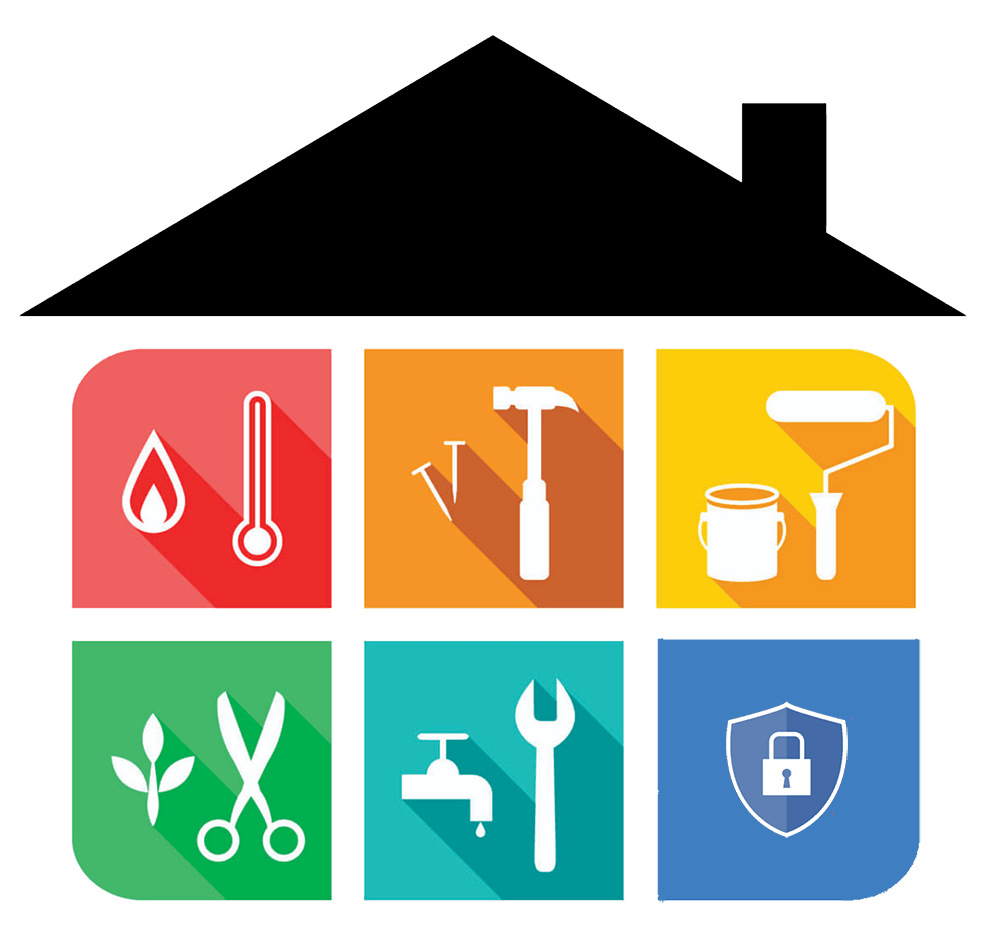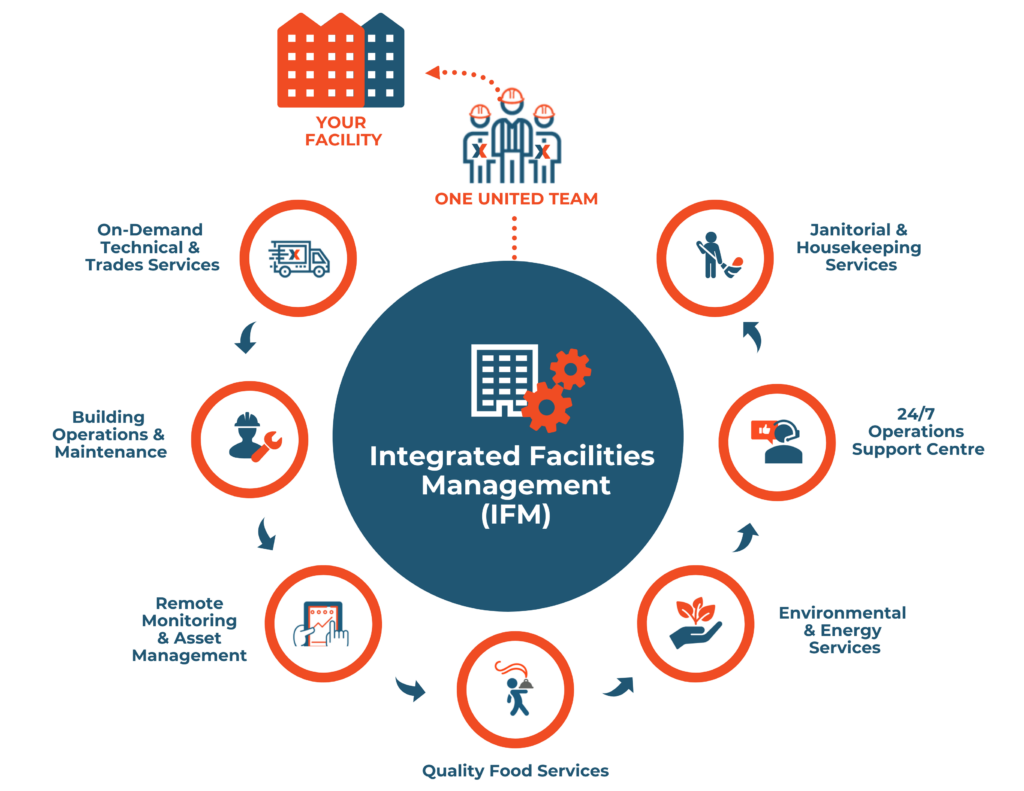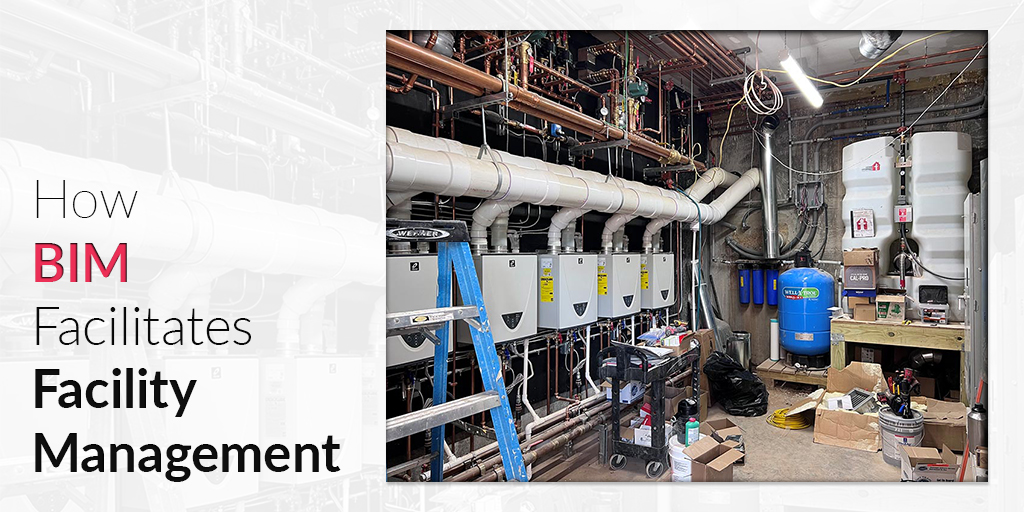Facility Management Solutions-- Maximize Your Structure's Performance
Facility Management Solutions-- Maximize Your Structure's Performance
Blog Article
The Crucial Guide to Facility Monitoring: Approaches for Success
Center administration plays a vital role in the total success of an organization, serving as the backbone that sustains performance, productivity, and security. The nuances of efficient center management prolong beyond mere logistics and require a detailed understanding of both qualitative and quantitative metrics.
Comprehending Center Monitoring
What makes up efficient facility administration? Efficient center monitoring incorporates the sychronisation of various organizational functions to guarantee that constructed settings are secure, reliable, and for productivity. It integrates the concepts of organization, design, and design administration to develop a smooth operational flow within an organization.
Crucial element of center administration consist of space preparation, upkeep management, and compliance with wellness and safety and security policies. Area planning concentrates on maximizing using physical resources to support business objectives, while maintenance administration guarantees that facilities are kept in ideal condition, maximizing life-span and lowering functional prices. Compliance with lawful and governing requirements is vital, as it safeguards the company versus prospective obligations and enhances its reputation.
Additionally, efficient facility management depends on the strategic use technology, such as Building Administration Solution (BMS) and Computer-Aided Facility Management (CAFM) devices. These innovations promote real-time monitoring of structure systems and streamline maintenance processes (Facility Management). Ultimately, a thorough strategy to center management not only promotes functional efficiency however likewise promotes a positive environment for staff members and visitors alike, driving general business success

Key Methods for Optimization
Optimizing facility administration requires a strategic method that aligns operational practices with organizational objectives. To achieve this, the very first key technique is the execution of integrated technical solutions. Making use of sophisticated software systems enables real-time tracking of center operations, helping with data-driven decision-making and enhancing general efficiency.
Secondly, normal evaluations of facility performance are vital. Conducting routine evaluations and audits allows center managers to recognize locations that require improvement, guaranteeing that resources are alloted successfully. This proactive approach aids in minimizing downtime and boosting service distribution.
One more important technique is cultivating partnership throughout divisions. By encouraging open interaction between groups, center supervisors can much better straighten their methods with company objectives, leading to improved operational harmony. Furthermore, involving personnel in training programs advertises a society of liability and boosts their ability to add to optimization initiatives.
Enhancing Security Methods
Reinforcing safety procedures is vital for producing a secure atmosphere within facilities. A detailed safety protocol not only protects visitors and staff members but additionally improves operational efficiency. Facility Management. To accomplish this, facility managers need to carry out routine danger assessments to make sure and recognize prospective risks that ideal steps are in place

Additionally, clear interaction networks should be developed to report security problems without delay. This includes creating an accessible platform for workers to articulate potential hazards or cases without worry of retribution. Furthermore, leveraging technology can improve precaution; as an example, carrying out monitoring systems and gain access to controls aids keep track of facility activities and limit unapproved access.
Finally, compliance with regional guidelines and market requirements is non-negotiable. Regular audits and evaluations of security protocols ensure placement with current laws and best practices. By prioritizing these techniques, facility managers can cultivate a society of safety that secures all stakeholders and inevitably adds to the organization's success.
Improving Workplace Setting
A favorable office setting dramatically boosts worker spirits and productivity, making it a critical emphasis for center monitoring. To create such an atmosphere, center supervisors should focus on several crucial elements, consisting of functional designs, aesthetics, and employee interaction.
Ergonomic considerations are necessary to decrease physical pressure and pain. This entails offering flexible furnishings, correct illumination, and adequate room for movement. These adjustments can result in reduced get redirected here absenteeism and raised task satisfaction.
Visual appeals play a vital function in shaping the workplace atmosphere. Using color psychology, get more all-natural lighting, and plant can promote a stimulating and welcoming atmosphere. Attentively created areas can enhance imagination and enhance total well-being.
Additionally, motivating worker engagement via comprehensive decision-making procedures can enhance the sense of possession and belonging. Collecting comments on office improvements and entailing workers in the style process can bring about a more customized atmosphere that meets their needs.
Lastly, advertising wellness initiatives, such as wellness programs and relaxation areas, can further add to an encouraging work environment society. By concentrating on these techniques, center supervisors can successfully improve the office atmosphere, driving both staff member fulfillment and organizational success.
Determining Success in Facilities
Determining success in center monitoring needs a thorough approach that examines both measurable and qualitative metrics. Quantitative metrics generally include key performance indications (KPIs) such as area use prices, power consumption, upkeep prices, and occupancy levels. These metrics give a clear image of functional effectiveness and financial efficiency, permitting facility managers to determine locations for renovation and benchmark versus industry criteria.
Qualitative metrics, on the various other hand, concentrate on customer complete satisfaction and staff member involvement. Surveys and comments mechanisms can determine exactly how well the facilities meet the demands of residents, helping to assess the overall office environment. This facet is critical, as a completely satisfied workforce is commonly linked to increased performance and you can try here retention rates.
To successfully determine success, center managers need to also consider integrating technology, such as developing administration systems and data analytics devices, to gather and analyze appropriate information. Frequently evaluating both collections of metrics permits a much more balanced sight of efficiency and notifies calculated decisions. Inevitably, an effective center monitoring approach rests on a dedication to continuous renovation, making certain that both functional effectiveness and individual fulfillment are focused on.

Conclusion
To conclude, efficient facility management is important for boosting business performance. By executing integrated technological services, conducting regular evaluations, and fostering collaboration throughout divisions, organizations can achieve ideal source appropriation and functional performance. Focusing on security protocols and improving workplace environments even more contribute to increased employee satisfaction. Determining success through both qualitative and quantitative metrics enables for continuous renovation, inevitably leading to decreased operational costs and a more efficient organizational atmosphere.
Facility management plays a critical role in the overall success of an organization, offering as the foundation that supports performance, effectiveness, and safety and security.Trick aspects of facility management include space preparation, maintenance administration, and compliance with wellness and safety and security policies.In addition, efficient facility administration counts on the strategic use of modern technology, such as Building Monitoring Equipment (BMS) and Computer-Aided Facility Management (CAFM) tools. Eventually, an extensive strategy to facility monitoring not just advertises functional performance but additionally promotes a positive atmosphere for site visitors and staff members alike, driving overall organizational success.
Inevitably, an effective facility management approach pivots on a commitment to continual renovation, guaranteeing that both operational efficiencies and customer satisfaction are focused on.
Report this page